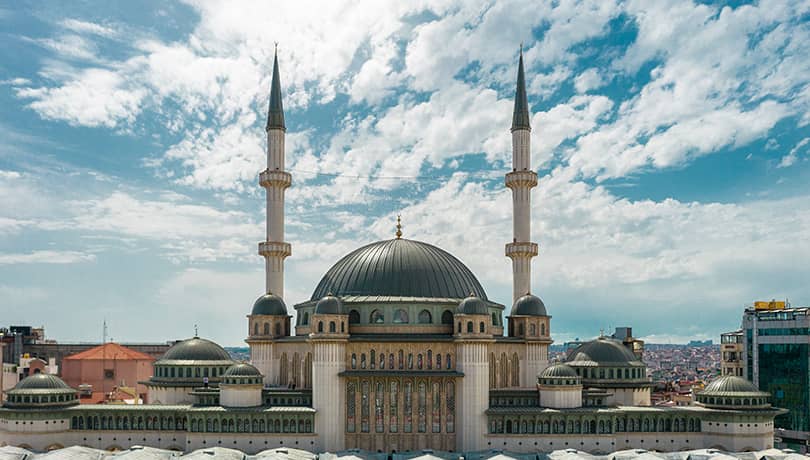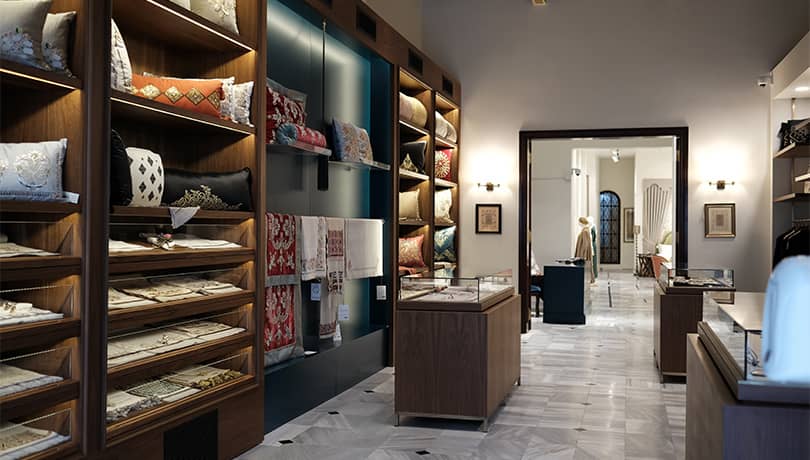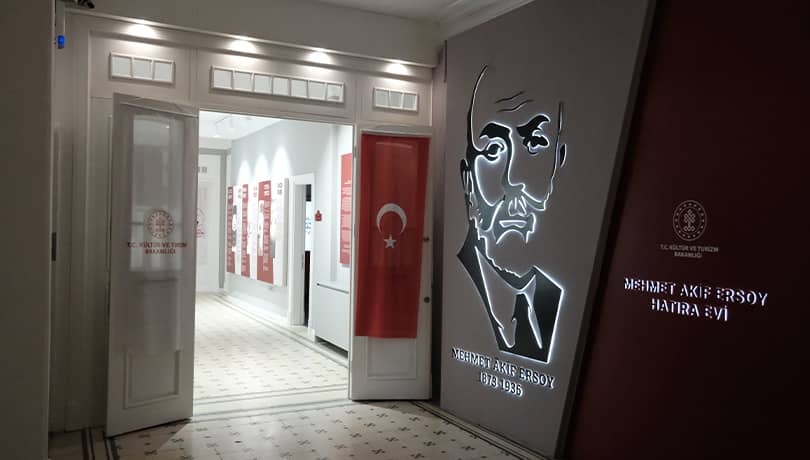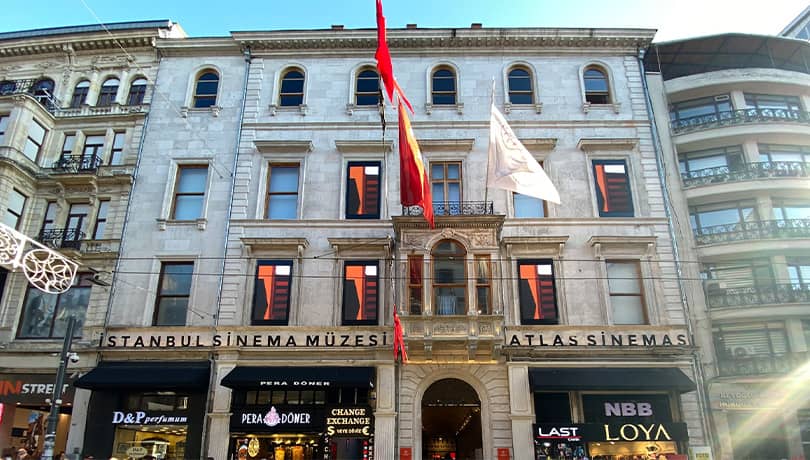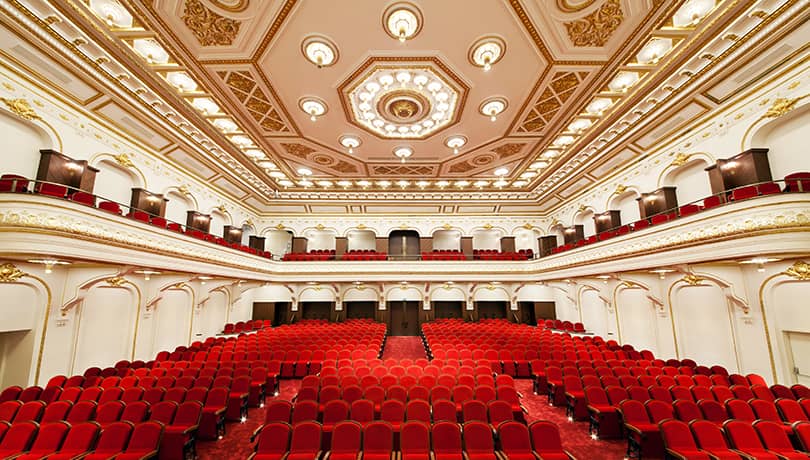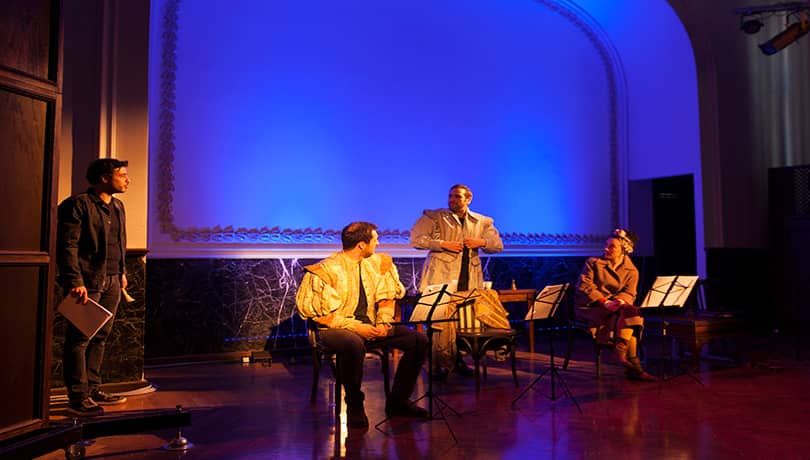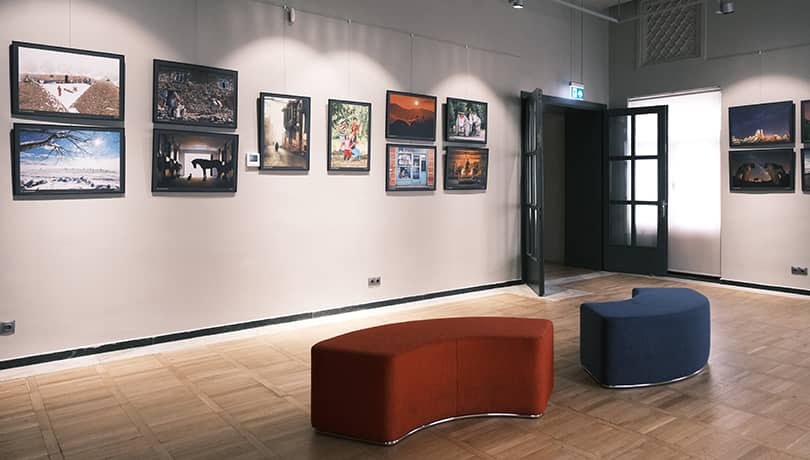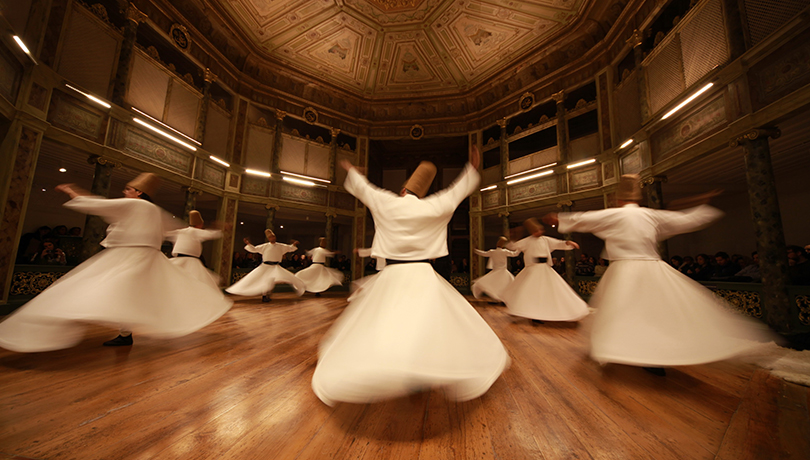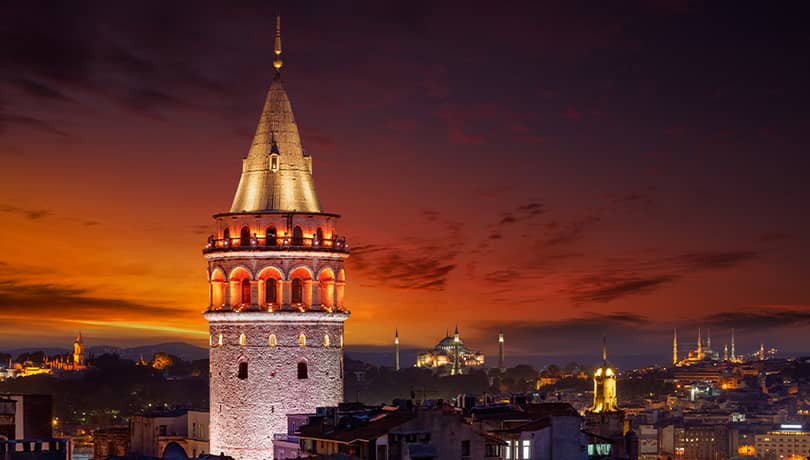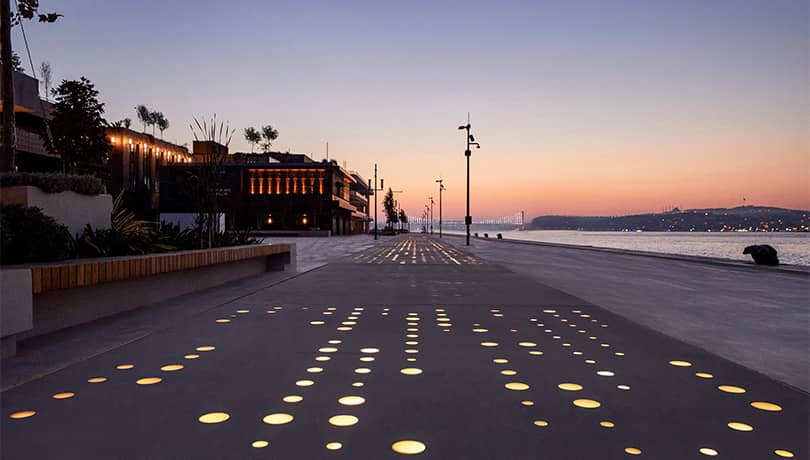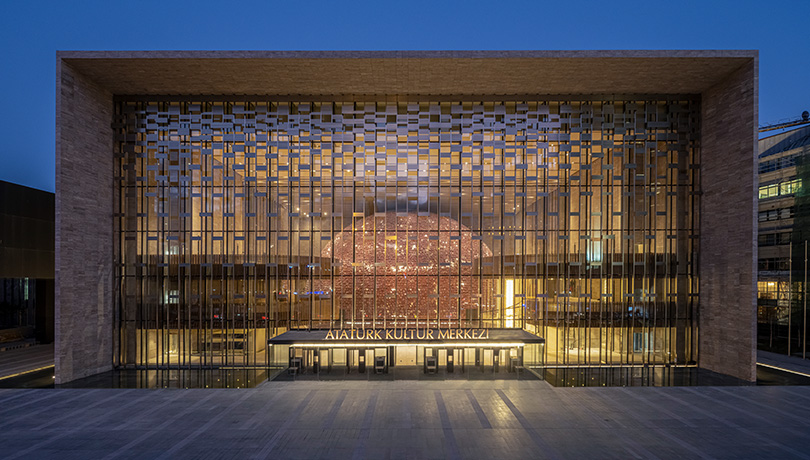

Galata Mevlevihanesi Museum
When you walk across the end of the İstiklal Street toward the exit of Galip Dede Street, you will see a historic museum welcoming you with open arms. Formerly known as Galipdede Islamic Monastery or Kulekapı Islamic Monastery, Galata Mevlevihanesi can be cited among the most significant Ottoman heritages to survive to the present day. When its grounds were still a deserted land covered in trees, İskender Pasha became its first owner. The Mevlevihane, which was first founded by the sheikh Semai Mehmed Çelebi Dede of Afyon Mevlevi Lodge and then largely damaged by earthquakes and fires, was protected by the Ottoman sultans of the period and thus underwent several repairments. Having survived to the present day with the influence a few architectural styles, the Semahane building was introduced to İstanbul’s life of arts and culture as a new legacy when it was restored between 2005-2009 and converted into a museum by the General Directorate for Foundations. The museum was constructed as a three-floored structure, with its semahane standing right at the ground, dervish rooms on the lower floor, and gathering places on top. The museum’s main subject is told in the dervish rooms. In the gathering places that overlook the sema area are exhibited works of ebru (Turkish art of marbling) and Ottoman calligraphy, hilya sharif plates, mehter (Ottoman military music), and intruments, which belong to the museum’s collection.

Click to see the gallery


